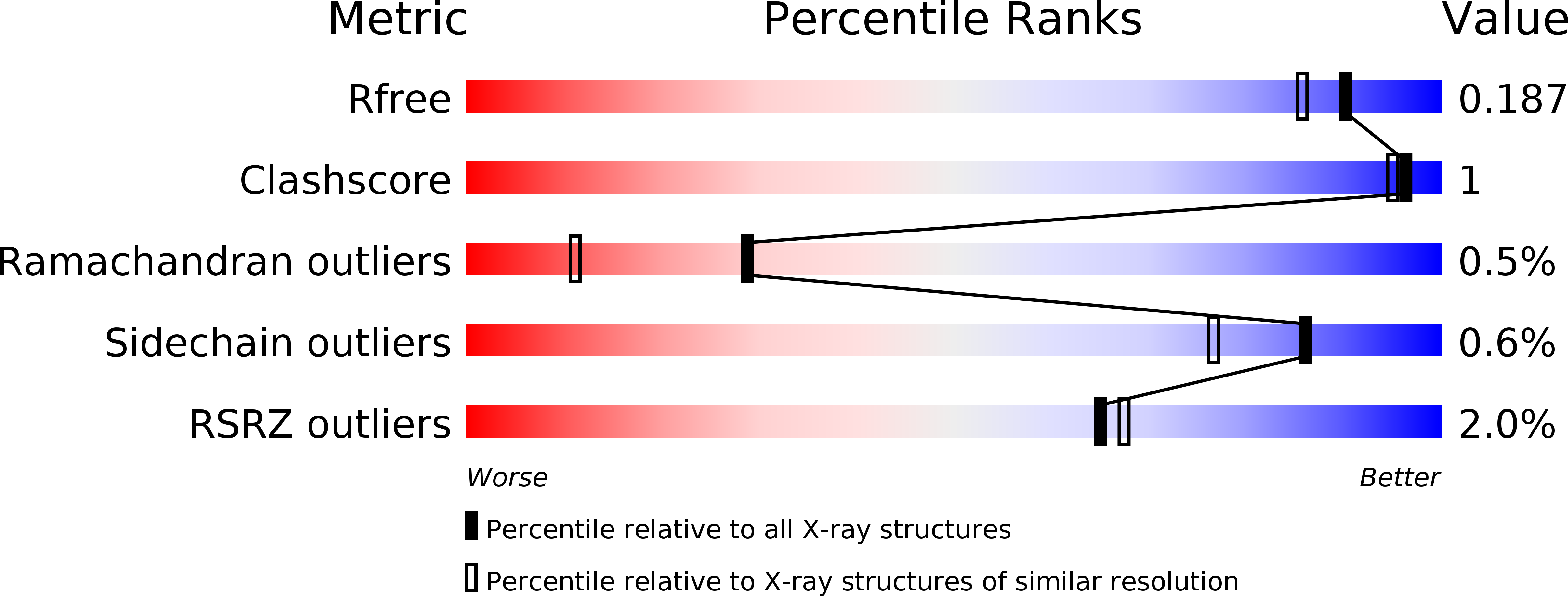
Deposition Date
2019-07-11
Release Date
2020-07-08
Last Version Date
2023-11-22
Entry Detail
PDB ID:
6KGD
Keywords:
Title:
Crystal structure of CaDoc0917(R49D)-CaCohA2 complex at pH 8.0
Biological Source:
Source Organism:
Clostridium acetobutylicum ATCC 824 (Taxon ID: 272562)
Host Organism:
Method Details:
Experimental Method:
Resolution:
1.65 Å
R-Value Free:
0.18
R-Value Work:
0.15
R-Value Observed:
0.15
Space Group:
P 21 21 21


